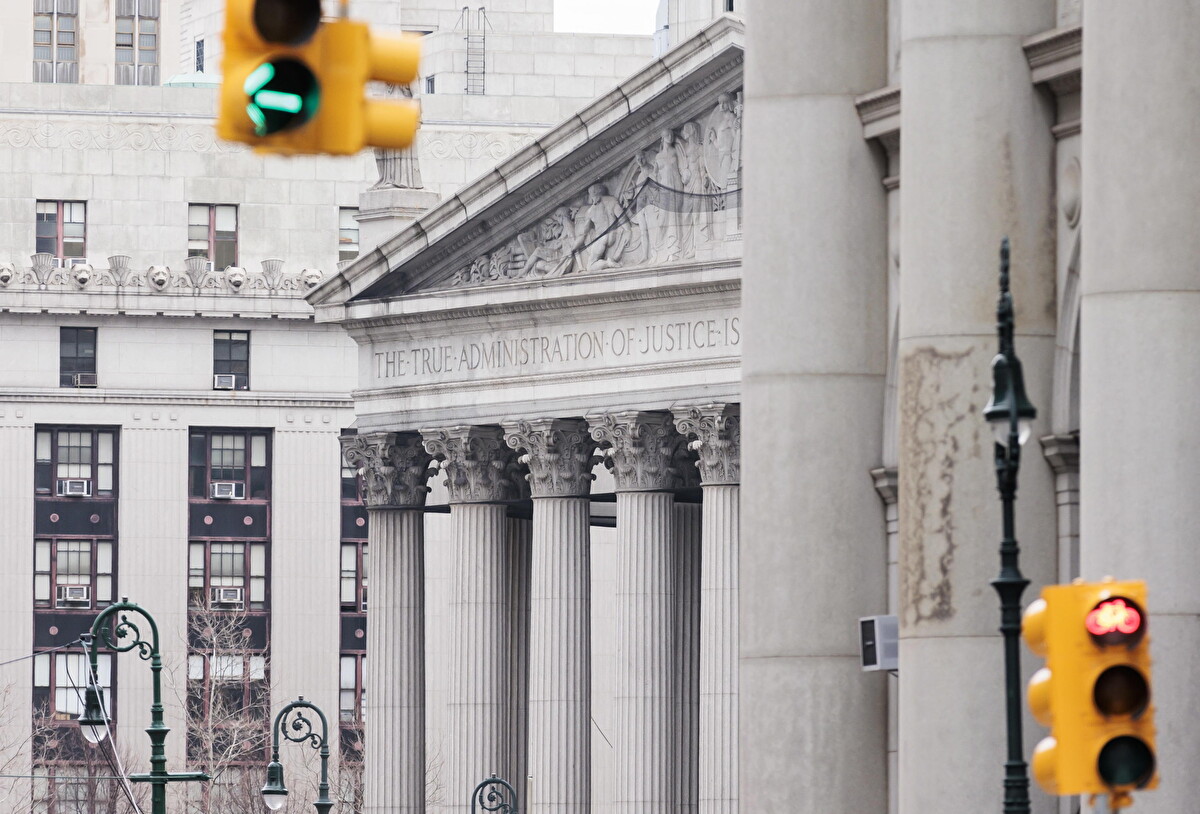After two years of restoration, Tintoretto’s majestic painting, The Crucifixion, painted in 1565 and housed in the Sala dell’Albergo at the Scuola Grande di San Rocco in Venice, has reopened to the public.
The intervention was funded with 700,000 euros by Save Venice, a New York-based nonprofit organization founded in 1971 and dedicated to the conservation and restoration of Venice’s artistic and architectural heritage.
The association has already supported hundreds of projects to protect works of art, churches, palaces and other historic assets in the lagoon city, with the goal of protecting its beauty and identity for future generations.
Tintoretto, a pseudonym for Jacopo Robusti, was one of the greatest exponents of Venetian painting and Mannerist art. The painting, five meters high and twelve meters wide, is one of his most famous masterpieces, which the French philosopher Jean-Paul Sartre described as follows: “This yellow gash of sky above Golgotha, Tintoretto did not choose it to signify anguish, nor even to provoke it: it is anguish and, at the same time, yellow sky.”
The work features a highly dramatic scene, in which the artist—going against the trend for the time—breaks with the traditional, central composition of the sacred subject by placing the figure of Jesus in a slightly off-center position. The result is a dizzying and chaotic perspective and composition, but at the same time surprisingly organized.
Around the cross move realistic and excited human figures: soldiers, thieves, disciples, commoners, weeping women—all immersed in an atmosphere charged with pathos. The light, coming from above, creates a mystical aura that uniquely surrounds the figure of Christ, in sharp contrast to the bustle of the earthly world.
The current cleaning operation has restored to the work the original brilliance of the rapid, luminous brushstrokes characteristic of the great Venetian master’s unmistakable style.












